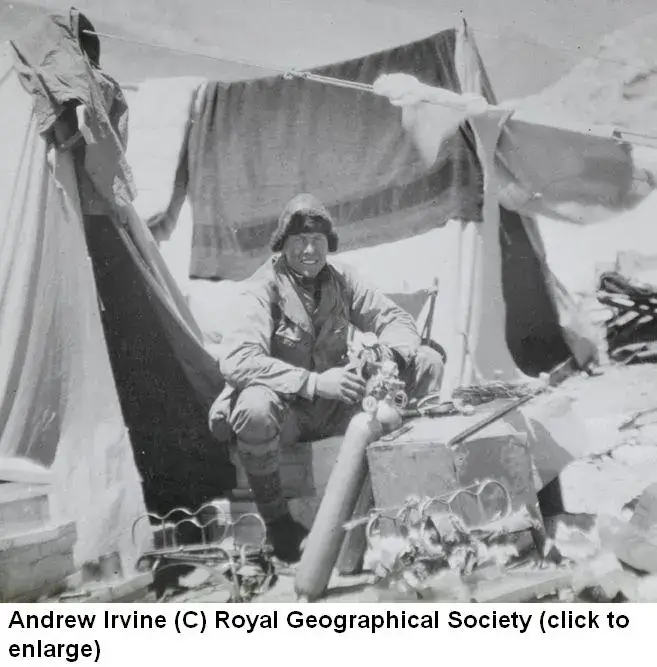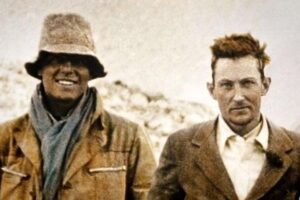Who Was Andrew Irvine?
Andrew “Sandy” Comyn Irvine was born on April 8, 1902, in Birkenhead, England. He was born into a family with roots in Wales and Scotland. Irvine demonstrated intellectual and athletic prowess from a young age. Although his father was a historian, Irvine went on to study engineering at Merton College, University of Oxford. Irvine was a talented rower and a member of the university’s successful crew team. He also joined the mountaineering team, where he probably received his first exposure to technical climbing.
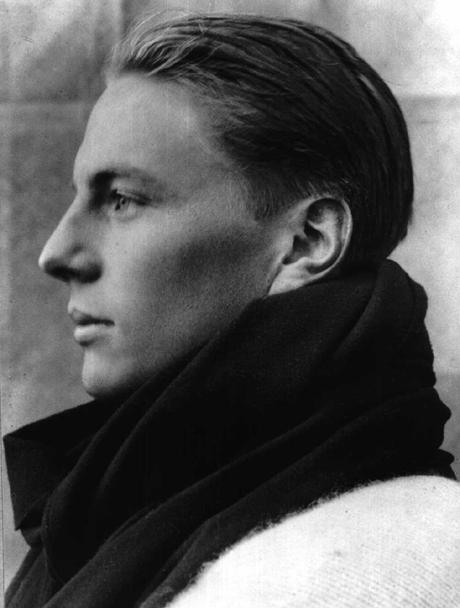
At Oxford, Irvine continued to excel academically. During the First World War, he gained recognition from the British military for his schematics relating to improvements for British warplanes. As he continued to tinker, design, and innovate, it became clear that Irvine possessed an intelligence bordering on genius.
Andrew Irvine also participated in the Merton College Arctic Expedition to Spitsbergen, which exposed him to conditions similar to those on Mount Everest. His performance in the harsh environment of these northern latitudes caught the attention of expedition leader Noel Odell. By that time, Odell was already a renowned climber and would later play a significant role in the 1924 disappearance of Irvine and celebrated climber George Mallory on Mount Everest.
The 1924 British Everest Expedition and Andrew Irvine’s Death
Noel Odell first suggested Irvine as a candidate for the 1924 British Mount Everest expedition. His recommendation resulted in Andrew Irvine’s selection as a member of the climbing team for the third British attempt at the world’s tallest peak. General Charles Bruce, another prominent member of the expedition, affectionately referred to Irvine as “our experiment,” for he had no prior experience in high-altitude mountain climbing. Ultimately, the team may have chosen Irvine for his knowledge and invention of an apparatus to deliver supplemental oxygen. Mallory and other leaders of the 1924 expedition had become convinced that supplemental oxygen was the key to the summit.
Mallory himself seemed to trust the young student, stating that Irvine “could be relied on for anything except perhaps conversation.” During the expedition, Irvine made significant improvements to the oxygen sets, making them more functional, lightweight, and durable. He also took care of the expedition’s cameras, camp beds, stoves, and other equipment. He was well-liked and respected by his older colleagues for his intelligence, friendly nature, and tireless work ethic.
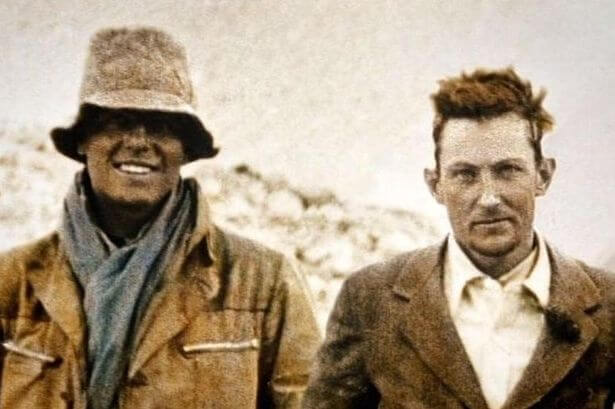
Summit attempt
By early June, the expedition had twice failed to reach the summit. A last attempt was possible before the heavy snowfalls of the summer monsoon season would make climbing too dangerous. Naturally, the final chance fell to the expedition’s most experienced climber, George Mallory. Even if he had survived, it would have been Mallory’s final attempt at the summit. He was 37 years old and, by his own calculations, too old for another attempt.
To the surprise of other members, Mallory chose the 22-year-old and inexperienced Irvine over the older and more experienced climber, Noel Odell. Andrew Irvine’s expertise with the oxygen equipment was likely a major factor in Mallory’s decision. However, there is an ongoing debate about the exact reasons for his choice. In retrospect, it’s easy to speculate that Irvine’s rare intellectual ability and youthful athletic prowess served as a beacon and inspiration to Mallory. During Irvine’s short life, his ability to impress those around him continually opened new opportunities.
Armed with Irvine’s custom oxygen apparatus, the team made swift progress up the ridge. Modern calculations estimate that they may have climbed as much as 850 feet/hour during this time.
In the early afternoon of June 8th, teammate and support member Noel Odell spotted the pair climbing over either the first, second, or third step (exactly which of the three remains a mystery) and making fast progress toward the summit:
“At 12.50, just after I had emerged from a state of jubilation at finding the first definite fossils on Everest, there was a sudden clearing of the atmosphere, and the entire summit ridge and final peak of Everest were unveiled. My eyes became fixed on one tiny black spot silhouetted on a small snow-crest beneath a rock step in the ridge; the black spot moved. Another black spot became apparent and moved up the snow to join the other on the crest. The first then approached the great rock step and shortly emerged at the top; the second did likewise. Then the whole fascinating vision vanished, enveloped in cloud once more.”
– Noel Odell
It was an inspiring moment, but it was ultimately the last time either man would be seen alive. They are neither the first nor the last of the many bodies that have come to litter Everest over the years.
Speculation Surrounding the First Ascent Of Everest
Whether George Mallory, Andrew Irving, or both men made it to the summit has been subject to intense speculation. Many mountaineers have put in their two cents on what happened, but the best testimony on the subject is probably from Conrad Anker. In 1999, he led an expedition to recover Mallory and Irvine’s bodies. Although he found Mallory’s remains, Irvine’s body still rests somewhere on the mountain.
Anker believes that it is theoretically possible, but improbable, that either man reached the summit before their death. The climbing over the second step (later dubbed The Hilary Step) is hard. Climbers say it goes free at about 5.9, which is the limit of Mallory’s climbing at sea level without the extreme conditions and lack of oxygen on the summit pyramid of Everest. For the timetables to make sense, the men would have to have been moving at a very high speed to the summit and back down. Mallory was a strong climber, but Andrew Irvine, although young and athletic, had no high-altitude climbing experience. He also had relatively little technical rock climbing experience and could not have climbed 5.9 at sea level. No traces of the team were ever found on or near the summit. Here is a more in-depth discussion of all the evidence available.
Perhaps the whole discussion is fundamentally flawed. Mallory’s son John, who was three years old at the time of his father’s death, has stated, “To me, the only way you achieve a summit is to come back alive. The job is only half done if you don’t get down again.”
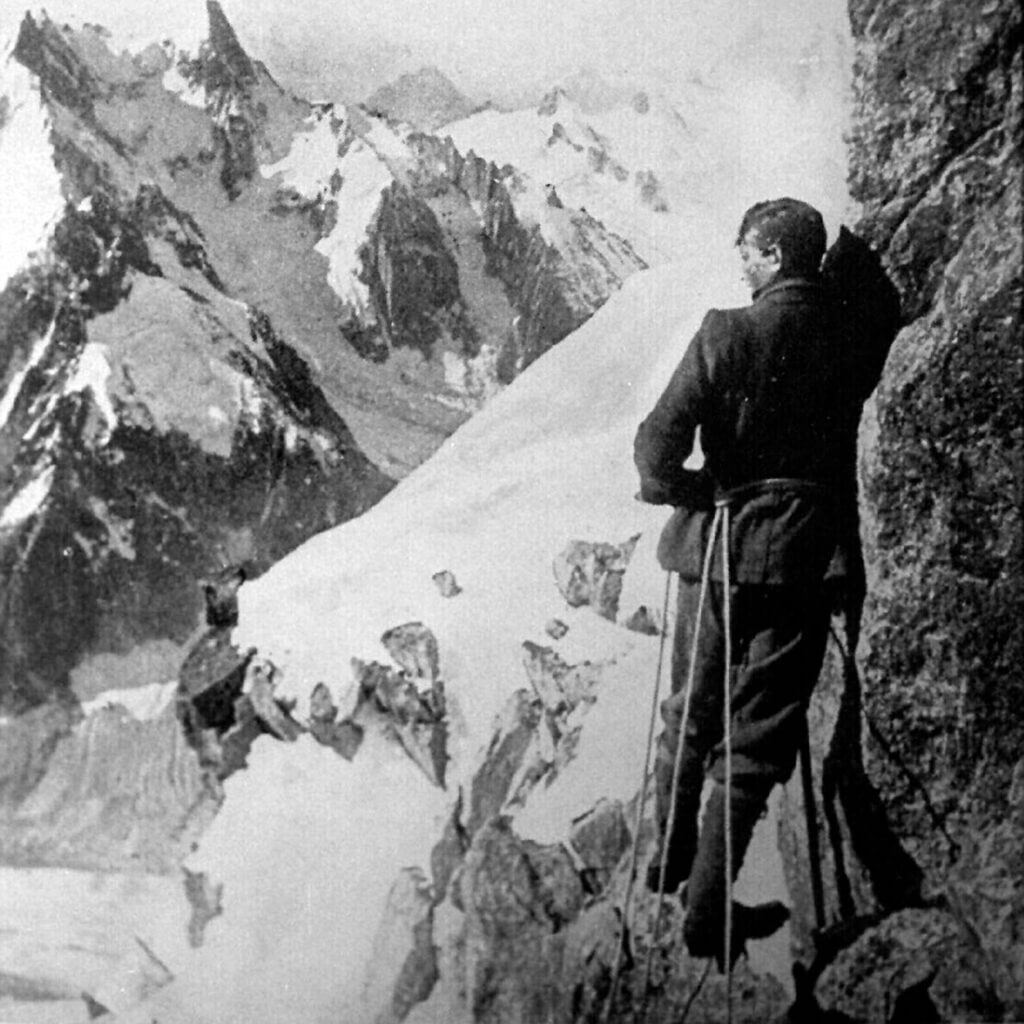
Possible Andrew Irvine Sightings
Over the years, a few interesting reports from Chinese climbers have surfaced. In 1965, a member of the 1960 Chinese expedition, Wang Fu-chou, gave a talk at the USSR Geographical Society in Leningrad. During his speech, he made a shocking statement. “At an altitude of around 8,600 meters, we came across the body of a European person.” When asked how he knew the person was European, the Chinese climber simply replied, “He was wearing braces.”
Xu Jing, the deputy leader of the 1960 Chinese expedition, mentioned that as he was descending from the First Step, he noticed a deceased climber lying face up with his feet pointing uphill. The body had lodged in a crevice or slot in the rock. Prior to 1960, no one besides Mallory and Irvine had gone missing on the north side of Everest. Mallory’s body was found at a lower altitude and it was highly likely that Xu had found Andrew Irvine. However, the sighting was brief and Xu was struggling during the descent. While he remembered seeing the body, he couldn’t recall its exact location.
In 1979, Japanese climber Ryoten Hasegawa had a short conversation with a Chinese climber named Wang Hong-bao. Wang told him that during the 1975 Chinese Everest Expedition, he had come across the body of a “dead Englishman” at an altitude of 8,100 meters. The body was lying on its side as if asleep at the base of a rock. Wang knew the man was British, he said, by the old-fashioned clothing, which was rotting and disintegrating when touched. He poked his finger into his cheek to indicate an injury. Unfortunately, Wang perished in an avalanche the next day.
The Lost Camera and the 1975 Chinese Expedition
Mallory and Irvine carried a vintage Kodak camera on their fateful climb. Many enthusiasts have pointed to the “lost camera” as the answer to the greatest mystery in the history of mountaineering. Yet, despite the efforts of dozens of the world’s best mountaineers and technology, no traces of either Irvine or the camera have ever been found.
In 2022, climber Mark Synnott published an article in Salon detailing the possibility that a 1975 Chinese expedition found the camera and buried Andrew Irvine’s body under rocks. The theory is that the climbers returned to China with the camera and that one of two things happened. The first theory is that the images were successfully developed, as Kodak claims is a possibility. The film showed that Mallory and Irvine had in fact reached the summit. This would unseat the Chinese claim to the 1960 first ascent of Everest by the North Col route. Not wanting to lose their coveted title, the Chinese government choose to cover up the evidence. A second theory posits that the Chinese botched the development of the film and hid the evidence to avoid international embarrassment.
The story is based entirely on “credible” rumors and no actual evidence. Either way, it’s an interesting read and Salon goes into much more detail than I do. You’ll have to read their story and decide for yourself.
